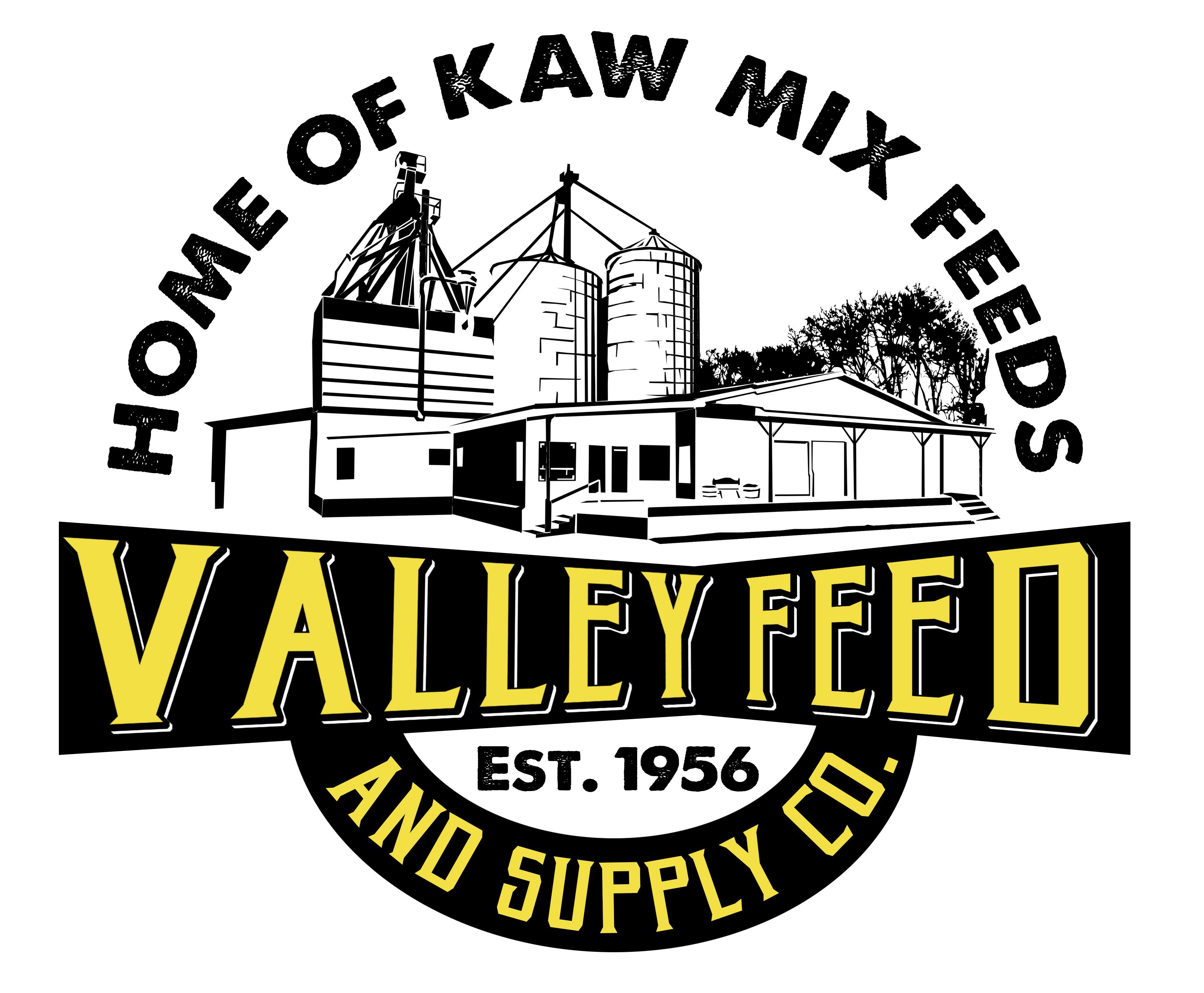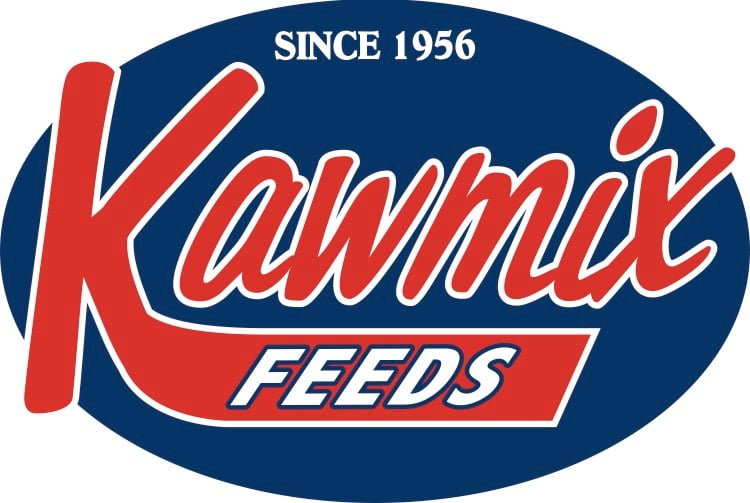Valley Feed: Read All About It!

1/6/2023: Cotton: The Fiber of Fabric and Livestock Nutrition
Cotton seed hulls are a byproduct of cotton production that is frequently used as a fiber source in livestock feed. Cotton is most commonly produced for its use in fabric and other textiles used to make everything from medical bandages to blue jeans.
During harvest, cotton bolls are collected in the field and delivered to a gin where the seed is separated from the fiber. The seeds are then cleaned and processed into cotton, seed oil and a livestock feed ingredient, called cotton seed hulls.
One of the main benefits of using cotton seed hulls in livestock diets are that they provide a good source of fiber. Ruminants (cattle, sheep and goats) utilize fiber to stimulate the rumen, in turn allowing them to more thoroughly digest other energy sources within the feed.
Fiber is particularly important for horses and other equine species. Equine, like other animals with simple stomachs, have long digestive tracts that utilize fiber to keep the digestive system functioning properly. Fiber keeps the feed moving through the digestive tract, preventing colic and other digestive problems.
Cotton seed hulls are a good source of fiber because they contain both soluble and insoluble fiber, which can be beneficial for different parts of the digestive system.
In addition to livestock fiber, cotton seed hulls are useful for other purposes such as plant mulch.

12/29/2022: Slow as Molasses in the Winter


